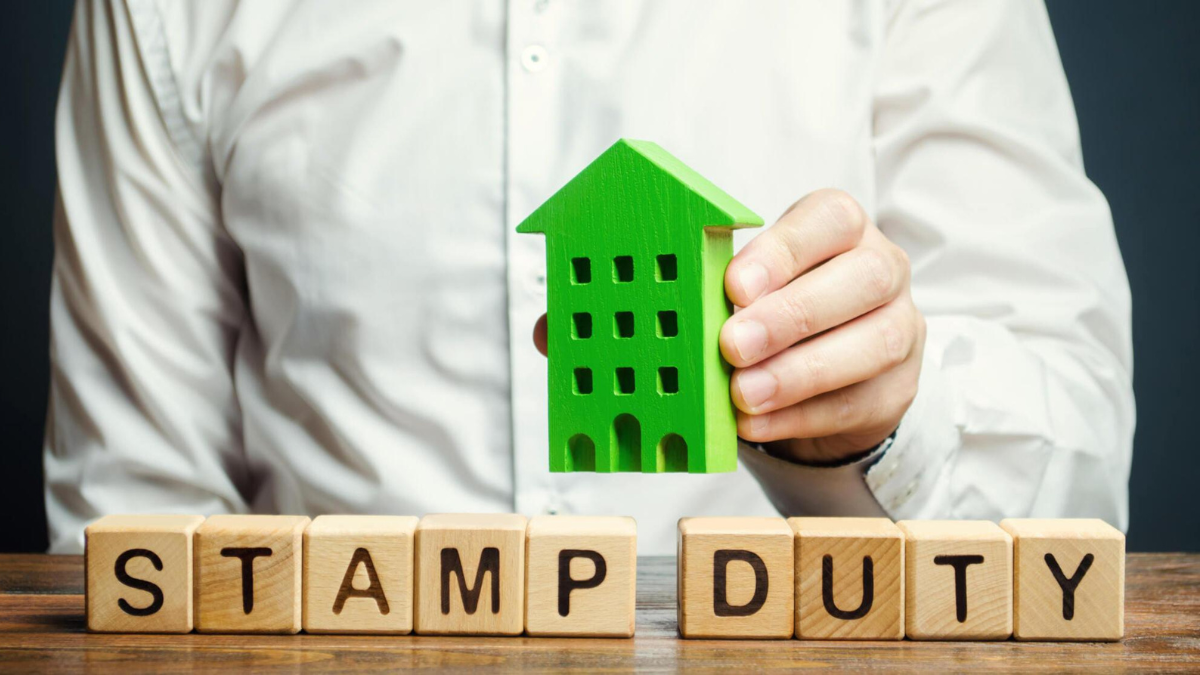
Transferable Development Rights
August 16, 2022 . Home Buyer's Guide . 10 min readWhen buying land or a house, people will consider whether they are getting all rightful permissions. Factors such as home loans, insurance, legal ownership, and many others are related to your purchase. Over time, the rate of population and construction has increased rapidly. Sometimes the infrastructure pace lags. Moreover, overcrowding is also an issue in urban areas. The government finds it tedious to acquire land. Land acquisition in urban areas has thus become hectic, complicated, and expensive. This is where transferable development rights come into play. They look after the zoning method to protect land plots with conservation value on a permanent basis.
What are Transferable Development Rights?
TDR or transferable development rights are issued as certificates that owners can trade in the market for cash or use for themselves.
According to The Urban and Regional Development Plan Formulation and Implementation Guidelines (URDPFI), (MoHUA, 2014) “TDR is a technique of land development, which separates the development potential of a particular parcel of land from it and allows its use elsewhere within the defined zones of the city. It allows the owner to sell the development rights of a particular parcel of land to another.”
Property owners and land owners are eligible for transferable development rights. The main goal is to increase developers’ permissible development rights when they purchase the TDR certificates available in the market.
Developers may increase the area of their permitted floor space index based on the rules prevailing in the particular area. Here, the price mainly depends on the supply and demand concept. Land interests are also increasing day by day due to TDR trading.
TDR can also include spaces such as natural resources, farmlands, cultural resources, open communities, etc. The government protects such lands and looks over their growth and development.
TDR is of four different types, namely, Reserved Plots TDR, Heritage TDR, Road TDR, and Slum TDR. Mostly, the rights are transferred from fully developed zones to sparsely or to-be-developed zones. This idea helps in having an equal distribution of population in underdeveloped areas too.
Important Points Regarding TDR
- The TDR certificate has to be issued by the Municipal Corporation. The owner of a property that is reserved for public utilities has to obtain this.
- The certificate issued is the same as the reserved rights of the owner while surrendering the property to Municipal Corporation.
- The right makes a certain portion of the built-up area surrounding the owner’s rightful area available to him for extra construction.
- In metropolitan cities, these rights are transferred from the fully developed zones to the other ones.
- This is considered to be an urban tool to avoid over congestion.
- This method generally minimizes time and makes the acquisition process easier as the TDR certificate is enough to transfer the rights.
How do the Transferable Development Rights Benefit People?
Landowners can get financial compensation from Transferable development rights who choose not to develop some part of their land. They get the option to legally provide their unused land and its developing rights to the municipal zone and in return obtain fair compensation. They may also sell their land and the rights of development will be severed and protected permanently using a conservation easement. Besides this, without TDR, one cannot utilize this piece of spare land for redevelopment or growth that is both beneficial to society and the landowner.
Some other benefits include:
- Landowners are given market-determined financial reimbursement for conserving the land.
- Developers are also benefited by making a profit and getting an advantage due to the regulatory flexibility of the unused area through TDR.
- The public gets to enjoy the environmental, economic, and health benefits of conserved lands.
How do Transferable Development Rights Work?
According to the law, the existing right to build on one-acre land is environmentally sensitive. This means that no one has permission to build in that location but can purchase for use in a different location. This puts a deed restriction on the property, keeping track of appraised value, development rights, and the initial owner so that it can be later sold elsewhere.
If a developer wishes to use the legal right of the land and accept additional units, they have to buy the rights from the original owner for which the latter gets compensation. Landowners may wait for their money to get raised as with time, the price rises. The development right will be priced only at the time of separation and the seller will presumably earn interest. Besides, banks are also set up at times to maintain a record of the tracks of development rights and collect interest for managing transactions and buy the rights for their next sale later.
Wrapping Up
Potential land and homeowners must speak to the realtors to get a clear picture of how the process happens and what benefits they can get from this. It is important to understand the benefits before you lock your land for investment. Through transferable development rights, a fully developed area can make a huge profit on investment. Transferable Development Rights is thus a scheme initiated by the government to make land acquisitions less complicated and smooth.



